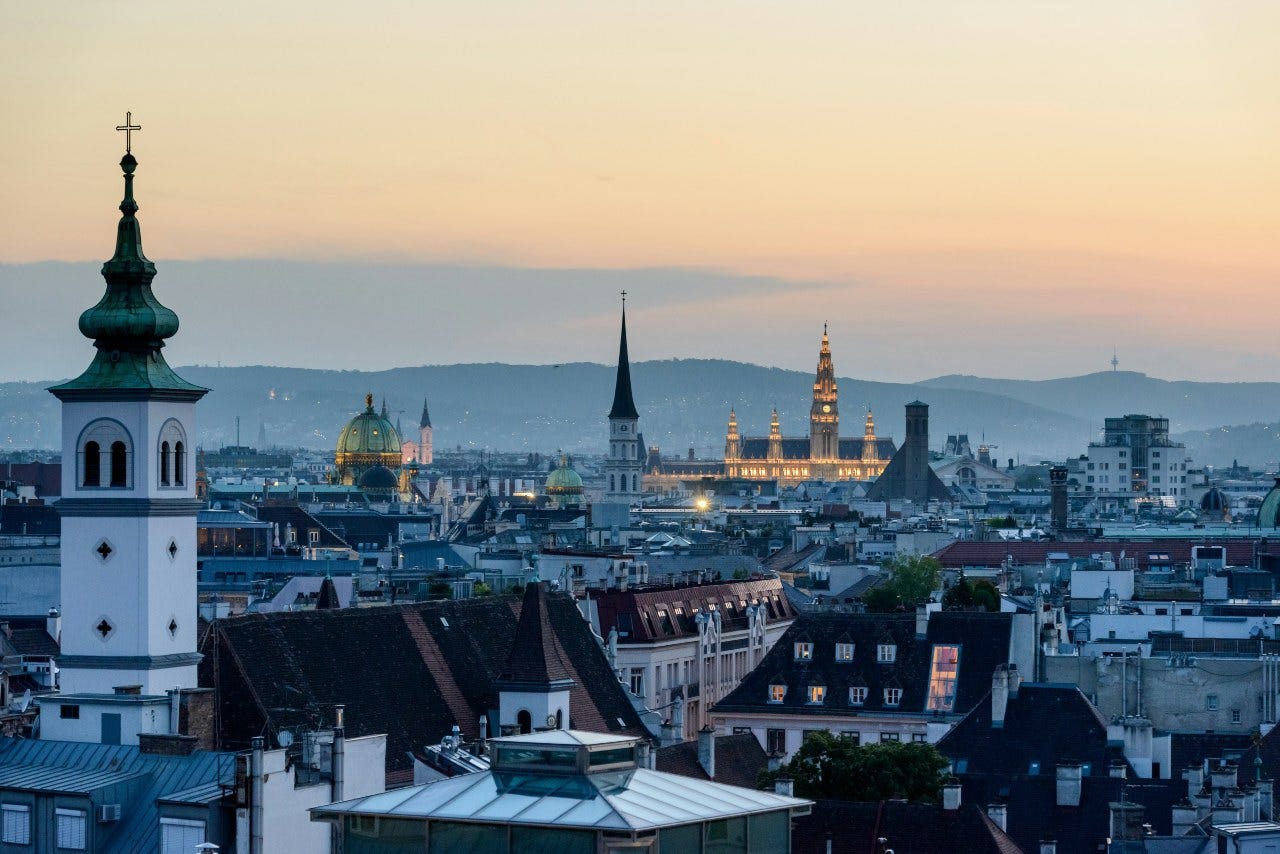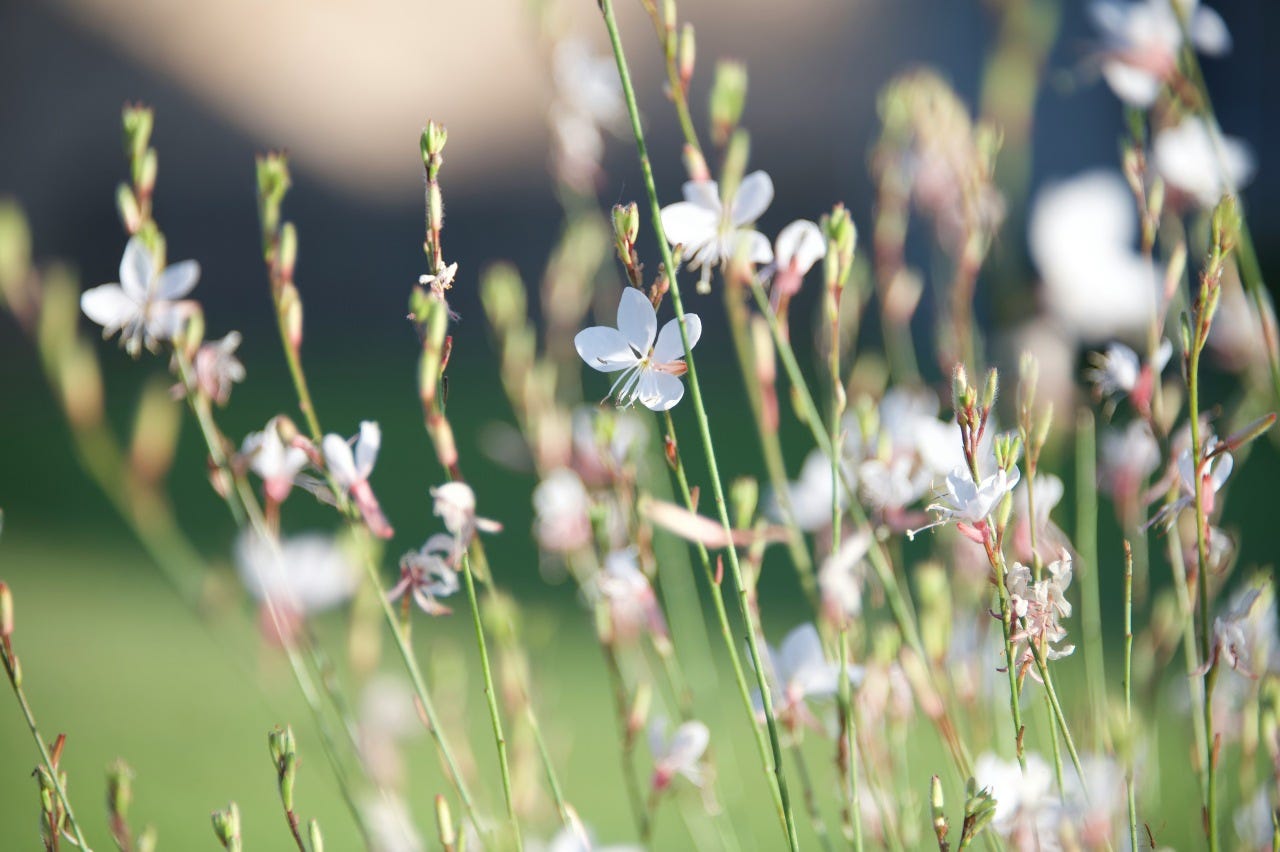Strudel is not the only thing Vienna can be proud of.
The Austrian capital recently topped the annual list of the world’s most liveable cities for the third year in a row.
There’s a lot to love about Vienna with its grand palaces and museums, its parks and urban farms, and of course those elegant old cafes where, depending on your mood, you can linger over a slice of strudel or tuck into a Vienna schnitzel.
For me, the thing that really sets Vienna apart from its competitors in the best-city stakes is its next-level urban planning.
Take the Aspern Seestadt neighbourhood, currently being developed on a disused airfield in the city’s northeast.
The new community is already home to around 12,000 people, with another 14,000 to come, all of whom will benefit from the vision of urban planner Eva Kail, who created this “gender conscious” neighbourhood.
As outlined in a recent New York Times article, Kail has spent 30 years working on making cities more accessible for all people, but especially women.
Right around the world, surveys still show women perform more of the childcare and unpaid household labour. They wrestle with strollers on their way to kindergarten drop-off, and they’re usually the ones trying to fit in a quick chemist or grocery store run into an already-busy day.
Their needs are too often overlooked by planners focused on middle-class commuters. (The Brazilian capital of Brasilia – known for its futuristic architecture – is a prime offender, but there are countless others.)
Focusing on women’s lives led Kail and her team to make changes both big and small – from wider sidewalks that suit strollers to more benches for resting on and more services and amenities within walking distance.
It’s the biggest project so far for Kail, many of whose principles are now incorporated in Vienna’s planning assessment criteria. I can’t wait to check it out on my next visit.
And where does Janis Joplin fit in? The new neighbourhood has a street named after her. In fact, all of Aspern Seestadt’s streets – one-third of which are closed to cars, by the way – are named after women, from Ada Lovelace Strasse to Hannah Arendt Platz.
One day, I’m sure, Eva Kail will have a street named after her too.
One more thing
Virginia Woolf’s writings weren’t her only creative outlet. Together with her sister Vanessa Bell, arts patron Lady Ottoline Morrell and Vita Sackville-West, Woolf expressed herself through her garden. Gardening Bohemia: Bloomsbury Women Outdoors is a fascinating exhibition - including collection of photographs, paintings, textiles, garden tools, manuscripts, and correspondence - on display at London’s Garden Museum until September 29.





Thank you for sharing the link to the artists Gardens...there was some lovely short videos....very inspiring